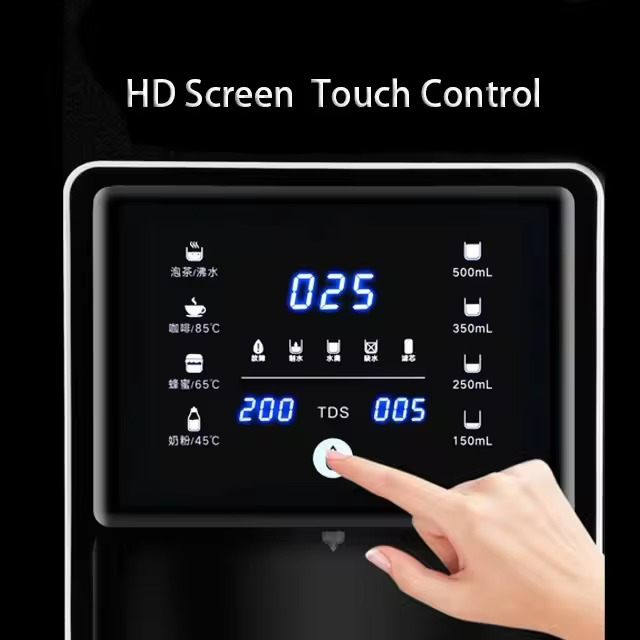🧊 1. Working Principle
·
Electronic Cooling (Thermoelectric Cooling)
Uses the Peltier Effect, where electric current passes through a semiconductor module, causing one side to absorb heat and the other to release it — thereby cooling the water.
·
·
Compressor Cooling
Uses a refrigerant-based cycle with a compressor, condenser, and evaporator. The refrigerant absorbs and releases heat through evaporation and condensation, effectively cooling the water.
·
⚙️ 2. Cooling Performance
·
Electronic Cooling:
·
o
Slower cooling
o
o
Limited cooling capacity (typically cools water to about 10–15°C below room temperature)
o
o
Suitable for regular household or office use
o
·
Compressor Cooling:
·
o
Fast and powerful cooling
o
o
Can reach low temperatures (around 4–10°C)
o
o
Ideal for commercial or high-demand environments
o
🔋 3. Energy Consumption & Noise
·
Electronic Cooling:
·
o
Low energy consumption
o
o
Quiet operation, no vibration
o
o
Simple structure with minimal maintenance
o
·
Compressor Cooling:
·
o
Higher power consumption
o
o
Some noise and vibration from the compressor
o
o
Requires occasional maintenance
o
💰 4. Cost
·
Electronic Cooling:
·
o
Lower cost
o
o
Commonly used in budget or entry-level dispensers
o
·
Compressor Cooling:
·
o
Higher cost
o
o
Used in mid-to-high-end or commercial-grade dispensers
o
✅ 5. Pros & Cons Comparison
Feature | Electronic Cooling | Compressor Cooling |
Cooling Speed | Slow | Fast |
Temperature Range | Limited (≈15°C) | Strong (as low as 4°C) |
Energy Consumption | Low | Moderate to High |
Noise Level | Very quiet | Noticeable compressor noise |
Cost | Lower | Higher |
Maintenance | Minimal | Regular maintenance needed |
Best for | Home / Office use | Commercial / High-demand usage |




.png)




